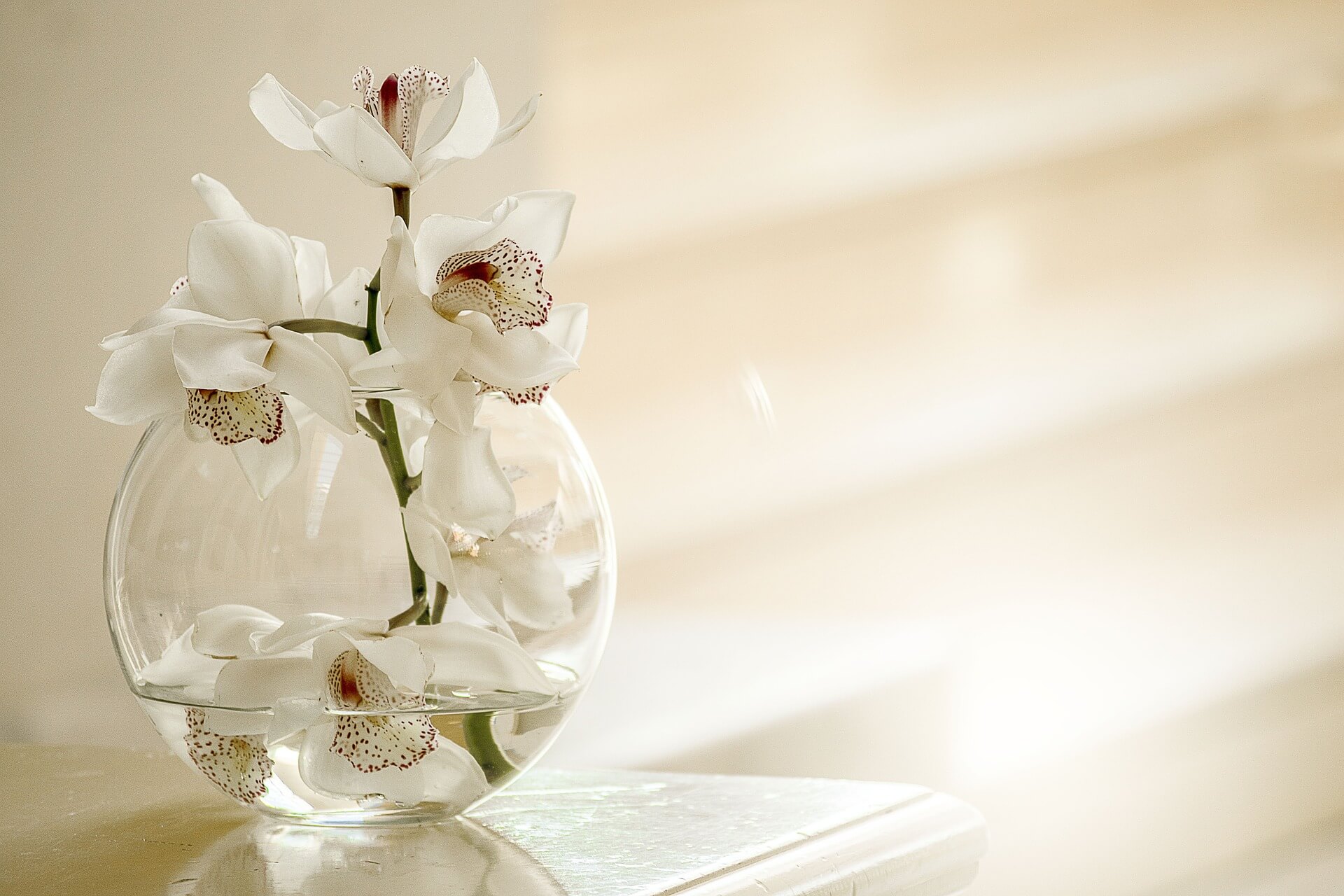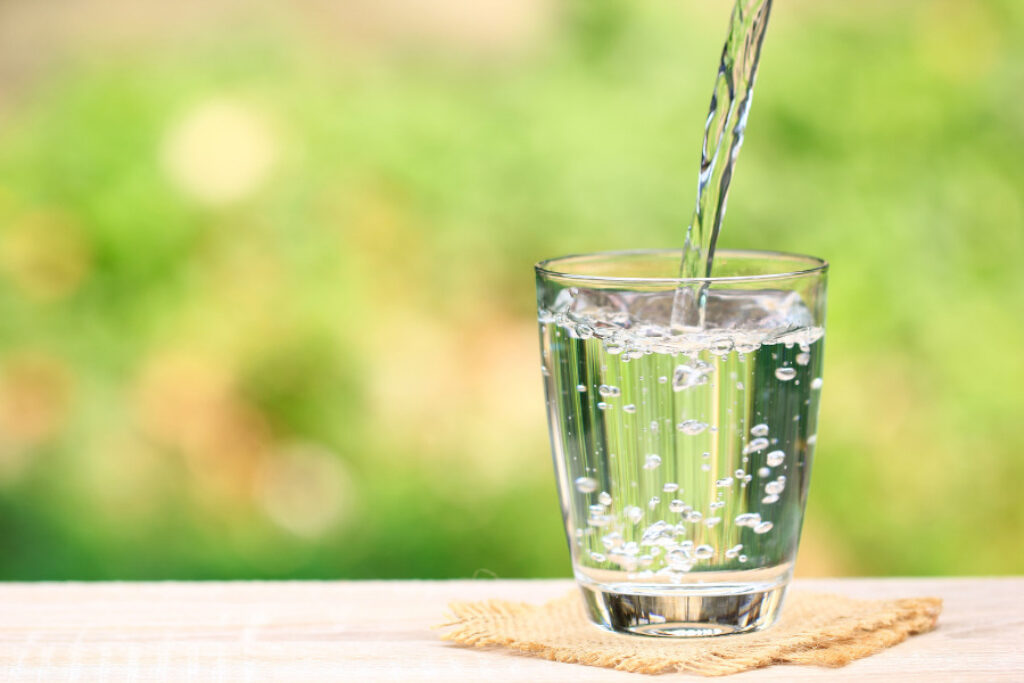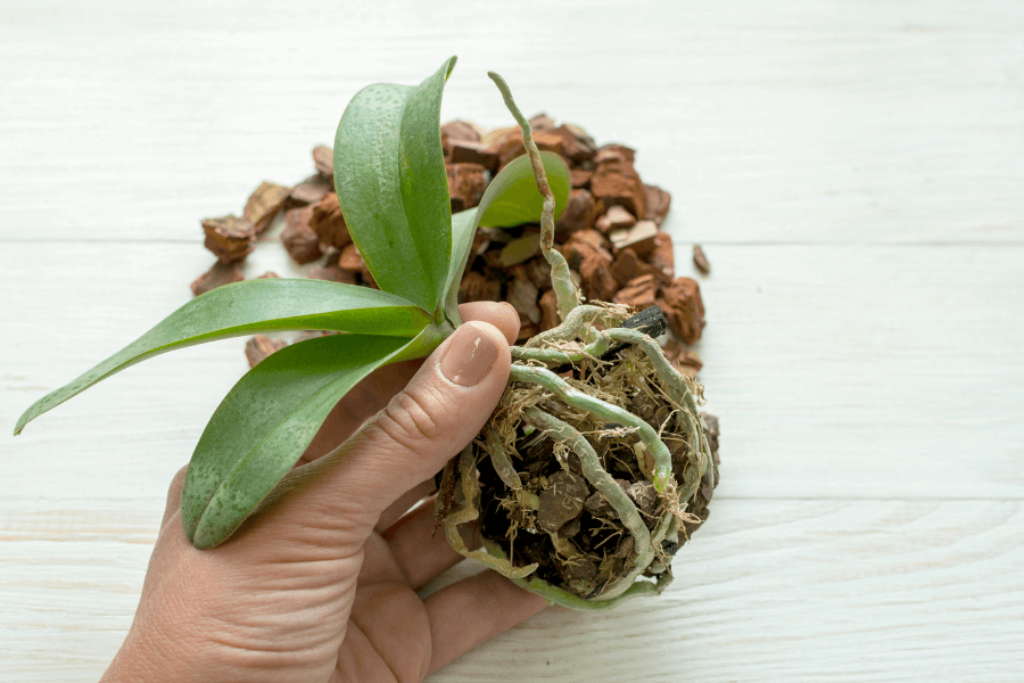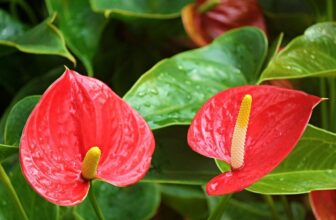
Table of Content
“Water culture “or “hydroponic growing” is a great, mess-free way to propagate orchids since it doesn’t require any soil. Owing to their rather different and unique growing requirements, orchids are known to be fussy plants to grow. However, water propagation is far less complicated and makes the task of growing them much easier.
If you’d like to have some beautiful orchids brightening up your garden or decorating your home, you might want to consider growing them in water. This article will tell you everything you need to know about how to grow and care for orchid plants in water.
What You’ll Need
Before you begin, make sure you have the following things with you:
- A container – you can purchase a container from your local gardening store, or you can use practically any container you have lying about the house as long as it’s the right size for your plant.
- Clean water
- An orchid plant with healthy roots
- Sterilized tools
Choosing a container
Choosing the right container is extremely important. You can choose a bowl or jar that’s see-through material so that you can easily inspect the state of the root ball and water without having to disturb the plant too often.
If your water bowl has a very narrow mouth, it might cause a lack of airflow which can really harm full to your plant roots. On the other hand, a container with a broad opening can cause water evaporation faster. Therefore, the ideal container to use would be one with a medium-size opening and a wider bottom to minimize evaporation and maintain adequate air circulation.
Choose a bowl/jar that’s a little bit bigger than the plant. It should have the capacity to hold the roots and extra space for the root ball to keep growing. The container should also be tall enough to keep the plant stem straight so it won’t fall over.
Water

Fill your container with clean, freshwater. Avoid using polluted water as it can kill your plants. If you’re using tap water, make sure to purify it to remove all the chemicals before using it.
Clean, fresh rainwater is an excellent alternative to distilled tap water, but only in areas that don’t get acid rainfalls. The water temperature should be similar to the room temperature to prevent your orchid plant from being disturbed and damaged due to excessive heat or cold.
Choosing a Plant
Not every orchid species prefers hydroponic propagation. For example, terrestrial orchids like boats and marsh orchids absorb nutrients from the soil, so they’re better grown as potted plants instead of in the water. On the other hand, Epiphytic orchids are best propagated hydroponically as their roots are naturally thick and absorptive enough to soak up the water a lot faster.
Avoid using mature orchid plants that have been growing in potting media for a long time. The sudden change of environment can stress these plants and kill them eventually. Instead, use young plants bought from a nursery or you can divide plants that you already have.
Preparing the Plant

First, carefully remove the plant from the pot and clean the roots well. It’s important to make sure that there isn’t any soil left on the root ball at all. When the plant is placed in the water, mold, and bacteria can grow on it quickly which could eventually cause root rot.
If the plant roots have any dried-up growing media on them, soaking the root ball for 15-20 minutes in clean water will get rid of it.
Inspect the root ball carefully to check for any damaged, infected, discolored, or diseased roots. If you find any, cut them off with a sterilized pair of scissors or any other suitable, sharp tool. In the process, be careful not to damage your plants further as having a healthy orchid plant is the most important part of hydroponic propagation.
Methods of Growing Orchids in Water
There are three ways of growing orchids in water. These include:
Full Water Culture (FWC)
This method involves keeping the plant roots in water all the time. About ¼ of the root ball remains submerged in water. As the water evaporates, you’ll need to keep adding water to maintain the water level.
Pros:
- Low maintenance.
Cons:
- Has a higher risk of root rotting due to high humidity.
Semi Water Culture (SWC)
In SWC, you follow a certain cycle of watering and drying out your orchids, instead of keeping them wet all the time. The time schedule can differ depending on the climate and other relatable environmental conditions in your area.
For example, if you’re living in an area with a hot climate where it doesn’t rain often, you can start with a time cycle of 3-wet days to 2-dry dates. For wetter climate regions with heavy rainfalls, you can follow a cycle of 2-wet days to 5-dry days.
On watering days, keep ¾ of the plant roots submerged in water and remove the water completely on the drying days. What’s important is that you stick to a fixed time regimen which has to be repeated accurately. The key is to find out how your orchids react to the wetting and drying out regimen and then change it according to the results.
Pros:
- Lesser risk of having infections and root rotting.
Cons:
- High-maintenance.
Semi-Hydroponic (SH)
This is also called the “pebble method” because it involves adding water to leca clay pebbles in a bowl of water. In this method, you need to drill a few holes in the container, just above the water level to provide the plant with good air circulation. First, fill 1/3 of your container with water and then fill the rest of it with pebbles. In the winter, reduce the water level to 1/4th of the container.
The difference in this method is that the plant roots aren’t directly submerged in water. Instead, the layer of local clay pebbles holds and supports the root ball of your orchid plant. Once the pebbles are soaked up, the roots will absorb the water to stay hydrated and humid. In the beginning, all the old plant roots can rot and dry away but don’t worry because new roots will replace them later.
If you’re using this method, you’ll have to change the water at least once a week to prevent roots from being exposed to any bacterial or fungus infections.
Pros:
- Provide more oxygen to the plant roots.
Cons:
- Can be time consuming and complicated to execute.
Fertilizing Hydroponic Orchids
To feed water propagated orchid plants, use a normal orchid fertilizer once a month. Mix ¼ of the fertilizer with water in a separate jar and stir well to blend it. Then take out your orchids from the container carefully and place the roots in the fertilizing jar. Let the roots soak for at least 15 minutes in the fertilizer before you move it back into the water reservoir again.
The Take-Away
As you can see, growing orchids in water is quite easy in comparison to growing them in soil. All it takes is a little time and effort and your plants will be thriving!






